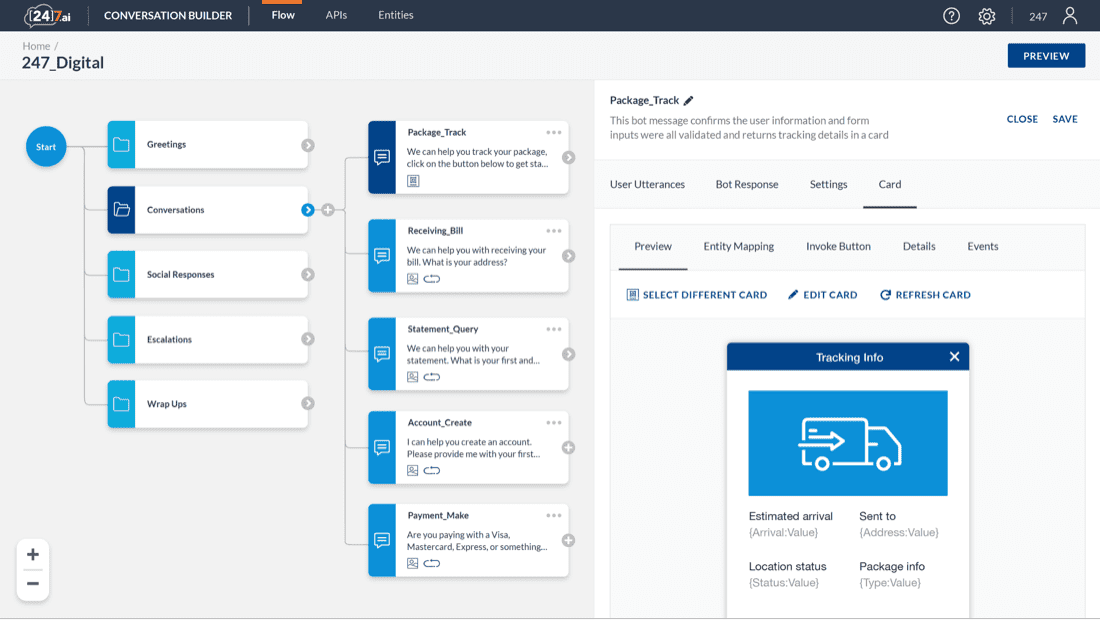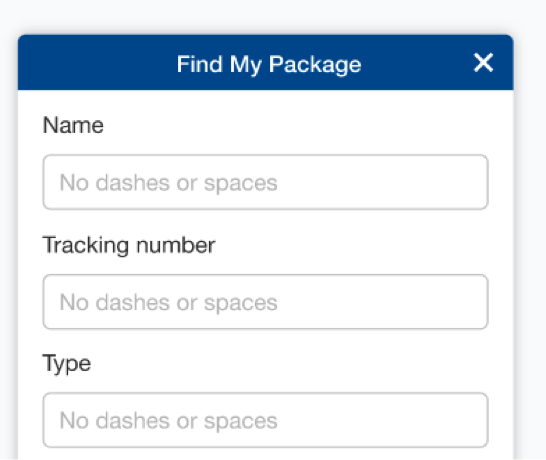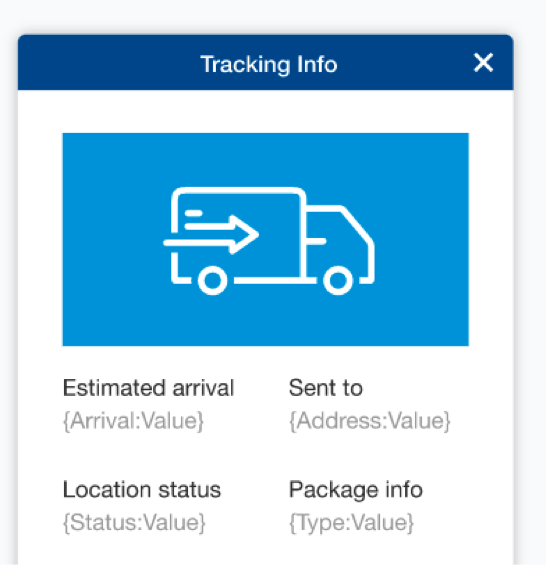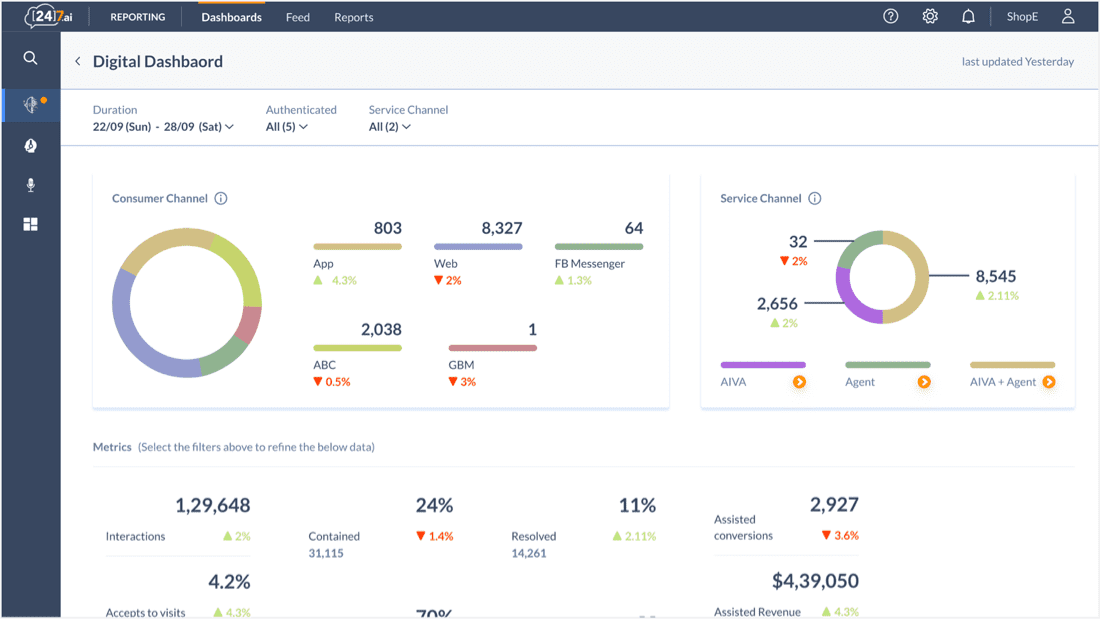

Armed with the latest natural language processing (NLP) technologies, companies are deploying conversational AI chatbots in an ever-widening range of use cases—from answering FAQs to recommending products and services to handling conversational commerce. And why not? Properly designed conversational AI chatbots improve customer satisfaction (by quickly identifying customer intent and efficiently resolving issues) and improve enterprise profitability (by reducing costs and strengthening customer loyalty).
But what is “proper” chatbot design? To create memorable customer experiences—which lead to memorable business outcomes as well—conversational AI chatbot designers need to consider several factors.
Human-to-chatbot conversations, much like human-to-human conversations, are extremely variable and often complex. To capture this in your chatbot design, first visualize the possible chatbot conversational paths as a flow chart; see below.

To identify customer intent and resolve customer issues, customers and chatbots must exchange a lot of information, which, in turn, must be “chunked” to reduce confusion and streamline resolution. Furthermore, that information needs to be chunked both when the chatbot requests/collects information from customers and also when it delivers information to customers.
Let’s consider a Tracking use case to explore chunking in more detail.

Similarly, chatbots use chunking when conveying information to customers—either delivering one quantity at a time, or including multiple quantities in a single card. Cards work best for conveying large amounts of information; see below.

AI chatbot autoresponder uses a database in which each document has a particular pattern and template. When the chatbot receives input that matches a document's pattern, it sends the data stored in the template as a response. A standard structure for these patterns is "AIML" (artificial intelligence markup language).
Personalization, which we broadly categorize into two types, often improves the customer experience by quickly determining customer intent.
Customers’ requests change as time goes by, and chatbot autoresponders need to keep up with the dynamicity of these changes. You may best recognize and understand these changes by looking at performance reports measuring various KPIs. When a KPI falls short of your business expectations, the chatbot needs to be enhanced.
Here’s a glimpse into [24]7.ai reporting that enable a business to understand chatbot performance.

The [24]7.ai Engagement Cloud™ conversation builder is a conversation AI chatbot autoresponder design tool integrated with our conversational AI platform, [24]7.ai Engagement Cloud. It enables you to focus on building conversational flows without getting bogged down by the underlying model complexities.
Conversation builder includes the following features:
To learn more about conversational AI, visit our AIVA Conversational AI web page.
To learn more about [24].7ai Engagement Cloud conversation builder, please write us at info@247.ai or arrange for a demo.